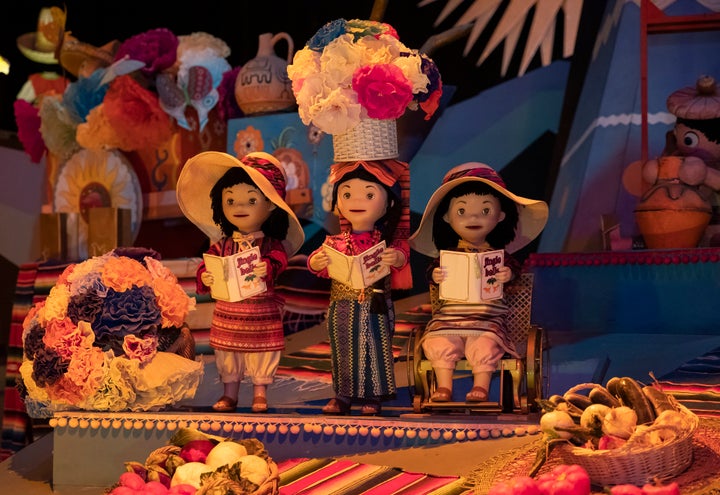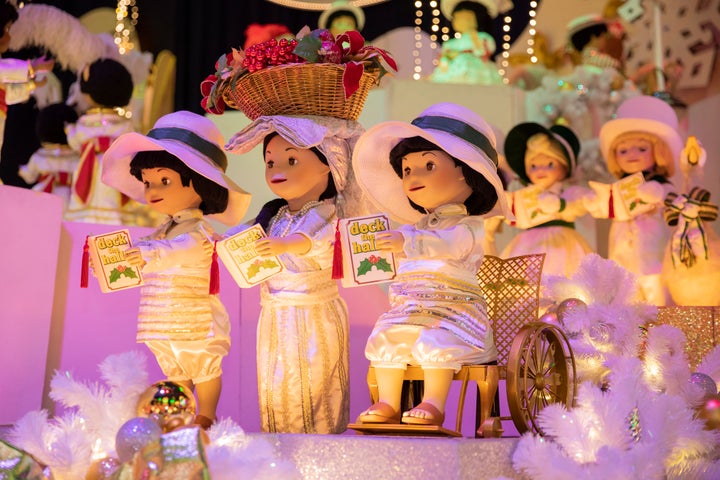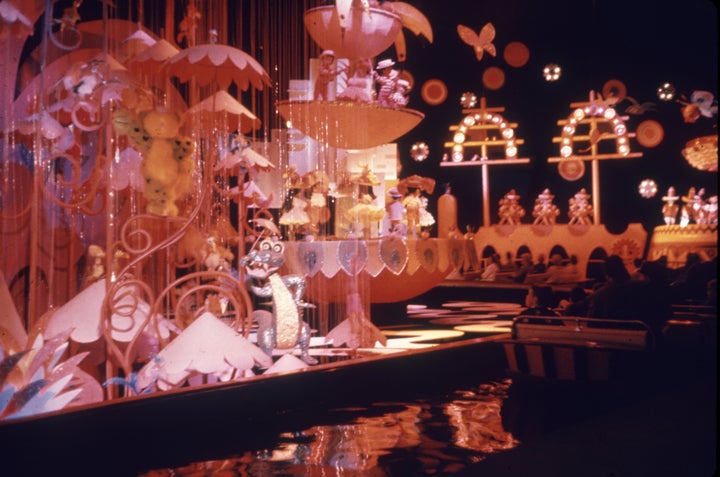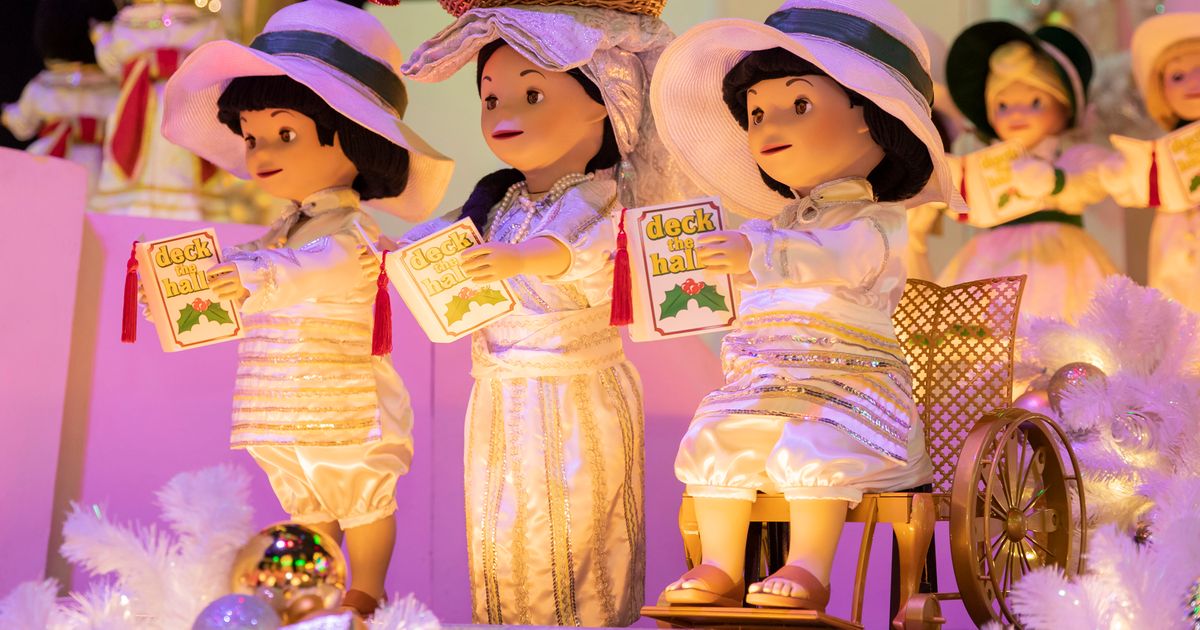[ad_1]
Disneyland has given one of its most beloved attractions a subtle, but inclusive, update more than 56 years after its park debut.
Last week, two dolls in wheelchairs were added to the Anaheim, California, resort’s “It’s a Small World” boat ride as part of an annual refurbishment. One of the dolls is featured in a scene representing South America, while the other appears during the attraction’s grand finale.
The two dolls are among more than 300 audio-animatronics figures, designed to represent children in traditional costumes from cultures around the world, that appear inside the ride. Their installation coincided with a special holiday-themed overlay that will continue through the end of Disneyland’s Christmas celebrations in January 2023.
Disney officials have said that plans for the new dolls were first proposed more than six months ago as part of the resort’s overall effort to reflect a more “accurate representation of diversity around the world.”

The dolls can currently only be seen in Disneyland’s version of “It’s a Small World,” but are expected to be added to the attraction at Walt Disney World in Florida and Disneyland Paris next year.
Kim Irvine, Walt Disney Imagineering’s executive creative director for Disneyland, told HuffPost she felt “fortunate” to have helped add “new magic” to the ride by spearheading the update.
“I am passionate about creating a deeper connection to our parks by honoring the diversity among us through our attractions,” she said in an email, “and am thrilled with this addition that builds on the legacy of representation in ‘It’s a Small World.’”
Echoing those sentiments was Erin Quintanilla, manager of Disneyland’s accessibility team, who said she was consulted early in the planning process to ensure that the new dolls “authentically represent those of us who live life on wheels.”

“From the bend in the child’s knee, to the push rim on the back of the wheels, each component truly represents how a child independently uses a wheelchair,” she told HuffPost. “It’s also critical that the dolls move just like everyone else in order to be fully inclusive.”
“It’s a Small World” was one of four Disney attractions that were originally developed for the 1964 New York World’s Fair. It was relocated to Disneyland in 1966, with a nearly identical version opening in Walt Disney World’s Magic Kingdom in 1971.
The attraction is perhaps best known for its ubiquitous theme song, which was written by the Sherman Brothers, the Oscar-winning duo who composed the music for “Mary Poppins,” among other classic films. Artist and animator Mary Blair, who worked on “Peter Pan” and “Cinderella,” was responsible for the whimsical design of both the dolls and the sets.

Ben Martin via Getty Images
Since their debut last week, the new dolls have already drawn praise from disability inclusion advocates.
“Disney clearly sees the benefits of attracting a wider audience that is inclusive to everyone,” Jill Houghton, the president and CEO of the Washington, D.C.-based nonprofit Disability:IN, told CNN last week. “We need to see more of this in pop culture, theme parks and entertainment if we want to be truly representative of the largest minority group in the world.”
She went on to note, “The dolls are participating inclusively alongside their non-disabled peers, which is something we want to see more of, instead of being depicted as limited or incapable because of a disability.”
[ad_2]
Source


